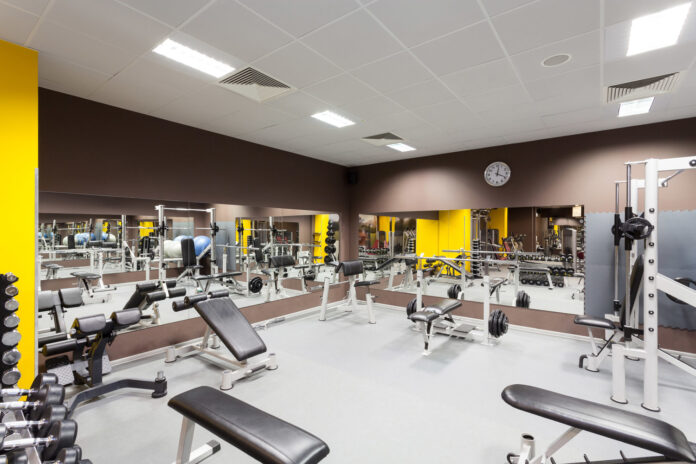
It is easy to take modern exercise equipment for granted and forget the old-school gyms with little more than free weights. The remarkable advances in machinery and technologies are easily lost amid the overall rapid progress in technology everywhere. Looking at how these changes have occurred may reveal some trends about where fitness facilities are headed in the future. Such an examination may also identify available tools that may have been overlooked and deepen an appreciation for the progress in physical fitness gear.
Early Developments

Prior to the 20th century, the use of machinery in the field of physical fitness was minimal. One notable exception was Dudley Allen Sargent’s work while he was the director of Hemenway Gymnasium at Harvard University. Mr. Sargent developed variable weight resistance and pulley machines that truly were ahead of their time. Otherwise, medical therapies using mechanized equipment did exist but sought health benefits rather than physical development or fitness. These early steps paved the way for progress from crude beginnings all the way up to websites like mypowerlife.com.
Gym Equipment Developments
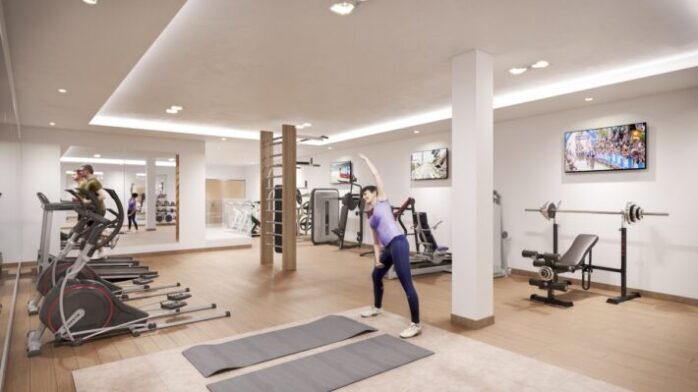
Rapid innovations in physical fitness equipment began to appear after World War II in gymnasiums around the world. In 1957, his celebrity status as a bodybuilder helped Harold Zinkin develop weightlifting machinery known as the “Universal Gym”. This equipment incorporated stacks of weighted plates arranged so that the amount of weight being lifted could easily be adjusted. Additionally, an arrangement of different adjacent stations allowed gym patrons to conveniently switch between upper and lower body weight training exercises.
The next innovation to hit health clubs was the phenomenon known as “Nautilus Machines”. While built on somewhat similar principles as the Universal Gym, Nautilus weight systems incorporated advanced linkages that transfer resistance more consistently. These machines rapidly invaded school gyms and professional sports facilities around the globe.
Specialized Equipment Developments
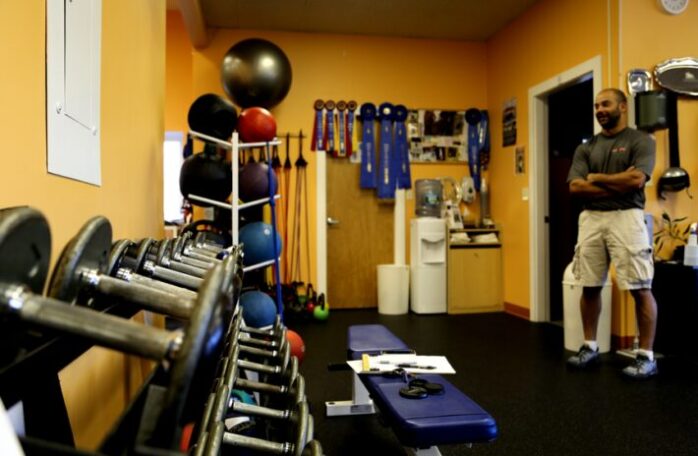
Weightlifting, while still a staple of the gym, has been joined by a host of new machinery to augment workouts for everyone. This diversification in equipment includes the addition of the treadmill as a cardio exercise activity. The treadmill has a long and storied history outside of physical fitness but was first employed at the gym during the 1960s. A gym favorite, treadmills have advanced to include adjustable angles to simulate uphill walking or running.
Another introduction in the 1980s brought the stair climbing simulator to the gym floor. These machines have also been improved to include customizable speed and resistance to tailor the workout intensity.
The elliptical trainer or cross-trainer machines joined the gym collection in the early 1990s. This equipment varies somewhat between manufacturers and designs but most ellipticals include linkages that engage upper body muscle groups. This design allows for the distribution of effort to most major muscle groups of the body improving the overall efficiency of the workout. An advantage these machines offer is their low impact placing less strain on joints and ligaments.
Additionally, the advancements of machines that Measure body composition have given valuable information to gym goers. In the past, the only information available was an individual’s weight. Now that individuals can measure things like body fat and the composition of their entire body, they can focus on exercises tailored to their needs.
Home-based Gym Equipment Developments
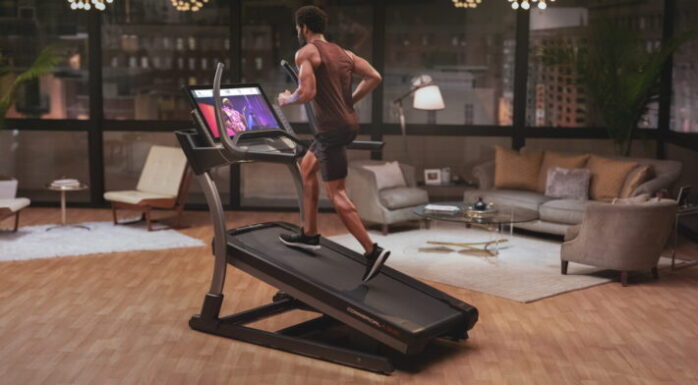
A general trend of increasing interest in fitness through the last decades of the 21st century spawned demand for exercise equipment that could be used in homes. Some would-be fitness buffs were put off by the public nature of gyms and the cost of gym memberships. Several equipment manufacturers began developing and selling equipment to address this demand. Among these were the NordicTrack brand and Bowflex machinery (a product of Nautilus, Inc.). These machines created a new market for at home workout equipment and enthusiasts. Here are the best portable home gym equipment according to JaquishBiomedical.
Gym Atmosphere

An improvement to the atmosphere of the modern gym is due to an increase in strength-based training programs, like lifting weights or performing bodyweight exercises, which are some of the most beneficial workout options. According to NBC News, building muscle improves mental health, self-esteem and cognitive abilities. Focusing on building strength can also help you lose weight, build a leaner figure and tackle daily activities like carrying groceries or climbing stairs with more ease. If you’re committed to lifting weights, should you choose a home gym or head to the nearest fitness center? Gyms offer a range of equipment, including squat cages, benches and barbells. You can also find a spotter to help you lift or even hire a personal trainer to teach your proper form. However, some gyms frown on serious weight-lifting and ban key exercises like deadlifts or clean-and-jerks. Most serious lifters either join a lifting-focused gym or build up a barbell collection at home.
According to Scientific American, heading to the gym with a buddy makes you more likely to stick with your work-out plan. Gyms today offer lots of social benefits, including group classes, regular meetups with other exercisers and advice from staff and patrons on proper form. The atmosphere can turn negative, though, if you find a club where poor manners or poor form reign supreme. If you’re an introvert, you might prefer to exercise in the privacy of your own home, where you don’t have to interact with anyone.
Computer Technology Developments
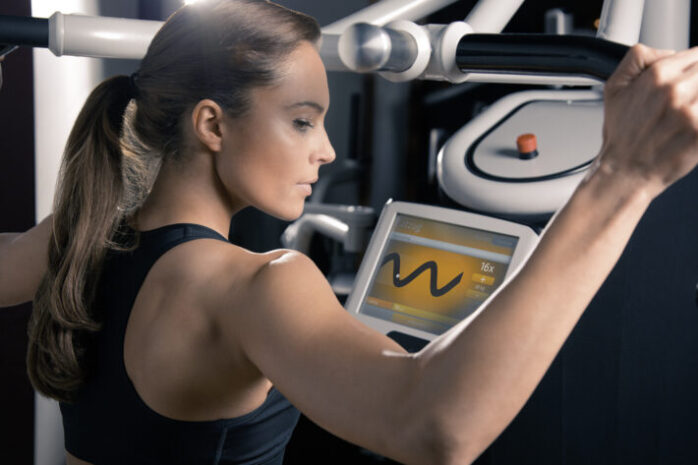
Microprocessors entered the market through consumer electronics equipment late in the 1980s as personal computers became a popular product. Exercise equipment manufacturers soon began incorporating the features made possible with computer hardware and software. These allowed for tracking performance over time and logging workout data.
Today, the rise in the popularity of wearable technologies is playing an important role in fitness equipment. The advent of the internet and connected devices capable of data collection and communications enables a rich layer of features in exercise routines. Exercise equipment now routinely includes blue-tooth connectivity for cellphone, smartwatch and fitness band technologies. These devices track important health metrics such as heart and respiration rate.
Like many other areas, fitness equipment has benefitted from rapid technological advancements. The trends for future improvements in exercise machinery and technology appear to be toward highly personalized and customizable fitness routines. Continued progress will undoubtedly result in better health outcomes for those who take advantage of these improvements.











